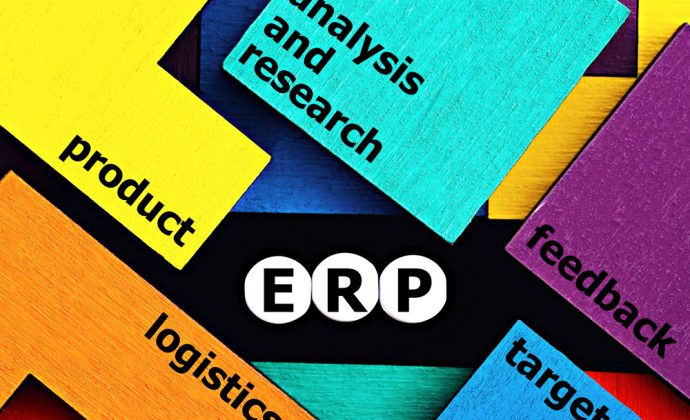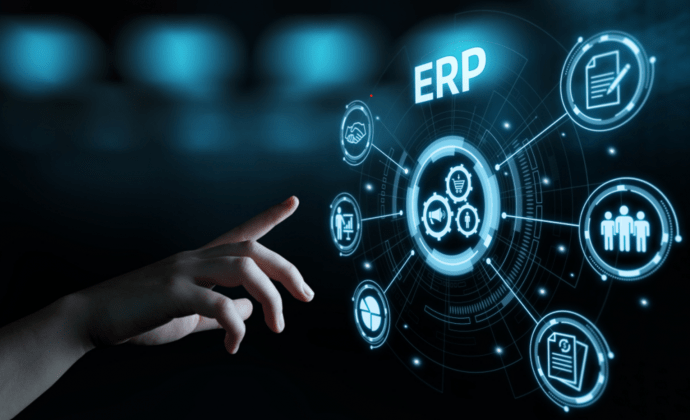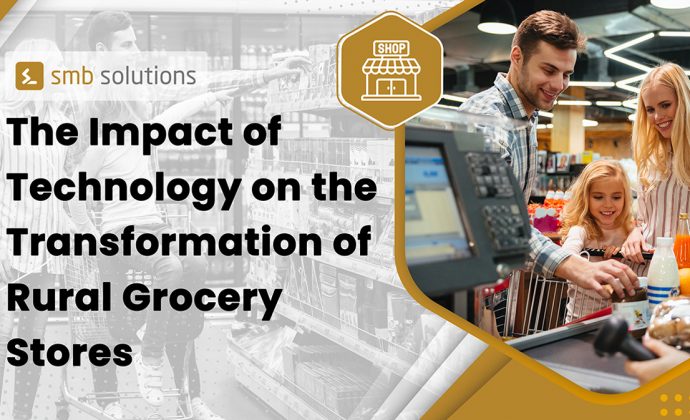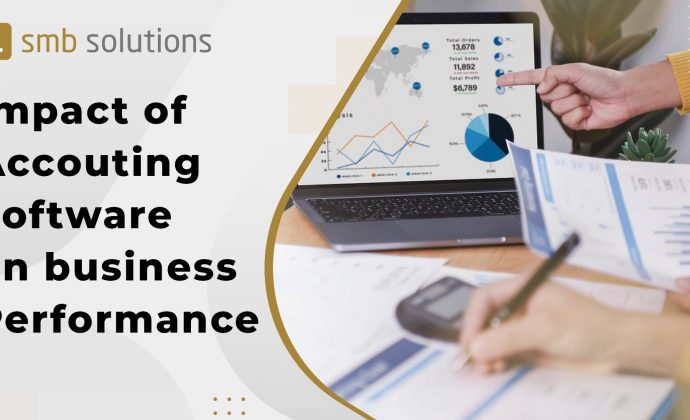Choosing the right enterprise resource planning (ERP) implementation partner is essential for the successful and timely implementation of your ERP system. A good partner will have the necessary skills, expertise, and experience to guide your organization through the implementation process, customize the system to meet your specific needs, and provide ongoing support. Correctly choosing an ERP implementation partner is important for a number of reasons: Expertise and experience: A reputable and experienced ERP implementation partner will have the necessary skills and expertise to successfully guide your organization through the implementation process. This can help ensure that the project stays on track and is completed efficiently and effectively. Cost savings: A partner with a proven track record of successful ERP implementations may be able to help you avoid costly mistakes or oversights. This can help you save money in the long run and ensure that you get the most value out of your investment. Customization: A good ERP implementation partner will be able to customize the system to meet your specific business needs and requirements. This can help ensure that the system is tailored to your organization and meets all of your business objectives. Support: A reliable ERP implementation partner will provide ongoing support and assistance to ensure that your system is functioning optimally. This can help you avoid any disruptions or downtime that could impact your business operations. There are several potential drawbacks to choosing a non-efficient ERP implementation partner: Delays and overruns: A non-efficient partner may not have the necessary skills, resources, or experience to successfully guide your organization through the implementation process. This can result in delays and overruns, which can have negative impacts on your business, such as increased costs and decreased efficiency. Poor quality: A non-efficient partner may not have the expertise to properly customize and configure the ERP system to meet your specific business needs. This can result in a system that does not fully meet your needs and does not provide the expected benefits. Lack of support: A non-efficient partner may not provide the necessary support and assistance to ensure that your ERP system is functioning optimally. This can result in disruptions or downtime that can impact your business operations. Increased risk: Choosing a non-efficient partner can increase the risk of the ERP implementation project not being completed successfully. This can lead to a waste of resources, as well as a loss of confidence in the ERP system and its ability to meet your business needs Choosing a non-efficient ERP implementation partner can have negative impacts on your business and the success of the implementation project. It is important to carefully evaluate potential partners and choose the correct one. Now since we have discussed why, let’s rush to how to select a perfect ERP Implementation partner for your business. Choosing the right ERP implementation partner is crucial for a successful and timely implementation of your enterprise resource planning (ERP) system. Here are some steps you can take to ensure you choose the right partner: Identify your needs: Before you begin the process of selecting a partner, it is important to understand your specific business needs and what you are looking for in an ERP system. This will help you narrow down your search and identify partners that are a good fit. Research potential partners: Look for partners with a proven track record of successful ERP implementations and a strong reputation in the industry. Seek out references and reviews from other clients, and consider whether a partner has relevant experience in your industry. Evaluate capabilities: Look for partners that have the necessary skills, resources, and expertise to successfully implement your ERP system. This may include factors such as technical knowledge, project management capabilities, and the ability to customize the system to meet your specific needs. Consider cost: While cost is certainly an important factor, it should not be the only consideration when choosing an ERP implementation partner. It is important to balance cost with the value and expertise that a partner can bring to the project. Meet with potential partners: It is advisable to meet with potential partners in person or via video conference to discuss the project in detail and get a sense of their approach and capabilities. This is also an opportunity to ask questions and clarify any concerns you may have. By following these steps, you can choose an ERP implementation partner that is well-suited to your needs and can help ensure a successful and timely implementation of your ERP system. Why SMB Solutions SMB Solutions implements ERP systems with modernized features to ensure your company’s continued expansion. To learn how we could turn your constraints into business advantages, contact our experts now.
Why is it Crucial to Pick the Right Partner for Your Business’s ERP Implementation









